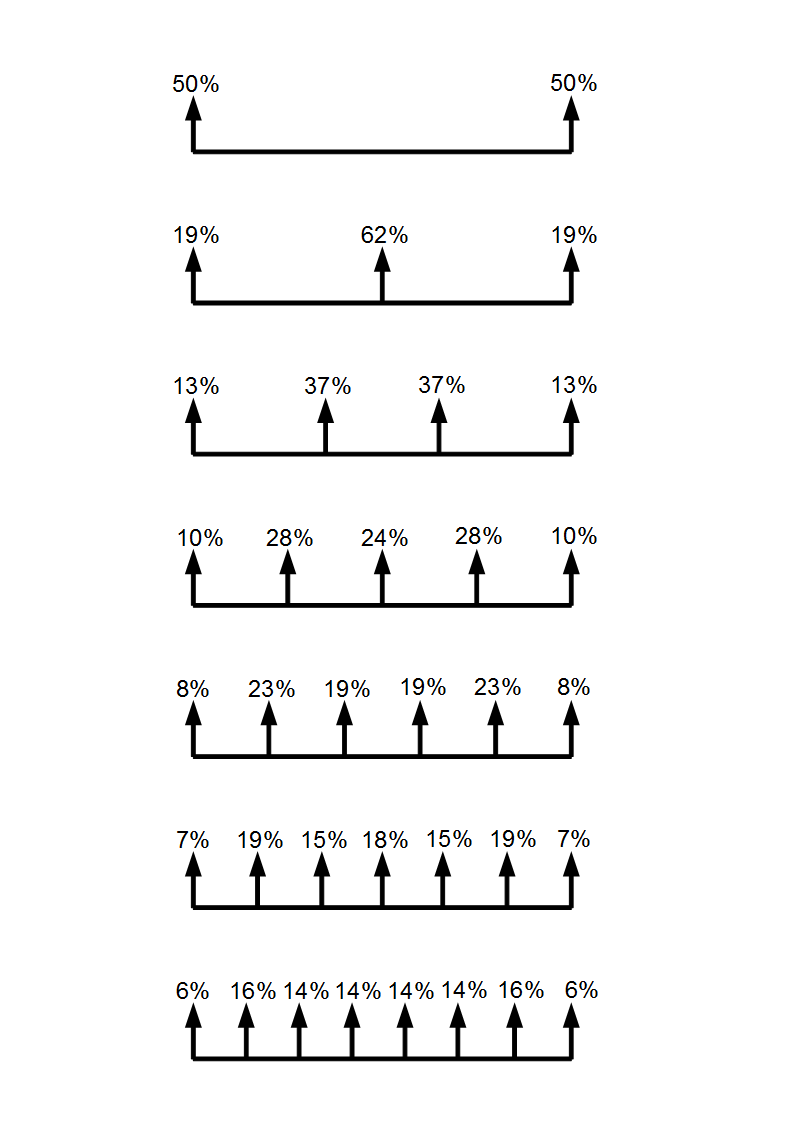HireHop is probably the best and most feature rich cloud rental Equipment software, however it also has a resource for users to market their products for free to potential customers on HireHop‘s equipment rental portal. As it has been a popular source for customers to source their hired rigging equipment, we decided to give some advice for when hiring motors and truss, as you need to know the rigging weight loading calculations involved.
Lets take an imaginary scenario that a rigger has suspended a truss on it’s two end points, each motor is rated at 500kg, however the evenly distributed load on the truss is 1,300kg, so the rigger attaches a third 500kg rated motor to pickup the centre of the truss. Thinking with 3 motors rated at 500kg each there would be no problem, to his dismay, the truss comes crashing down, centre point first.
The reason this didn’t work in our imaginary scenario is due to multi-point beam load calculations that he failed to account for. The rigger in this case incorrectly assumed that the three motors would share the load between them equally and didn’t take into account the Three Moment Theorem. This is a very complex formula, however to simplify matters, we have illustrated simplified various rigs below and shown the various loads as percentages of the entire load at each point.

As you can see from the top image with two points, each point carries 50% of the load. If you look at the one below with 3 points you will see that the centre point supports 62% of load and outer points only support 19% of the load. Applying that to what happened to our rigger:
Load = 1,300Kg
Each Outer Point = 0.19 x 1300 = 247Kg per point (19% of the load)
Centre Point = 0.62 x 1300 = 806Kg on centre point (62% of the load)
As you can see, the 500Kg centre point was overloaded at 806Kg and thus collapsed. What the rigger should have done is put up 2 extra motors:
Load = 1,300Kg
Each Outer Point = 0.13 x 1300 = 169Kg per point
Centre Points = 0.37 x 1300 = 481Kg per point
For our scenario, ideally the rigger should use 5 points to give himself a larger margin of error, as with 4 points there is only a 19Kg margin on the centre points.
IMPORTANT
- It is very important to note that the above is for an evenly distributed load and that the motors are all moving at the same speed. If for example on a three point pickup the centre motor moved faster than the outer two motors, the entire weight would be taken up on the centre motor with the outer two going slack.
- It is not advised to rely on the above when using manual chain blocks as these never climb at the same speed. For a manual chain block, each block should be able to support the entire load.
- Please remember to include the weight of the truss and all fixtures when calculating the load.
- If you are calculating the load on the points above the motor, remember to add the weight of the motor to each point.
- The mathematics is theoretical in an ideal world and factors can be different in the real world, so always include an error margin and never get too close to the maximum loading.
For more in depth rigging calculations, see the Prolyte Black Book

